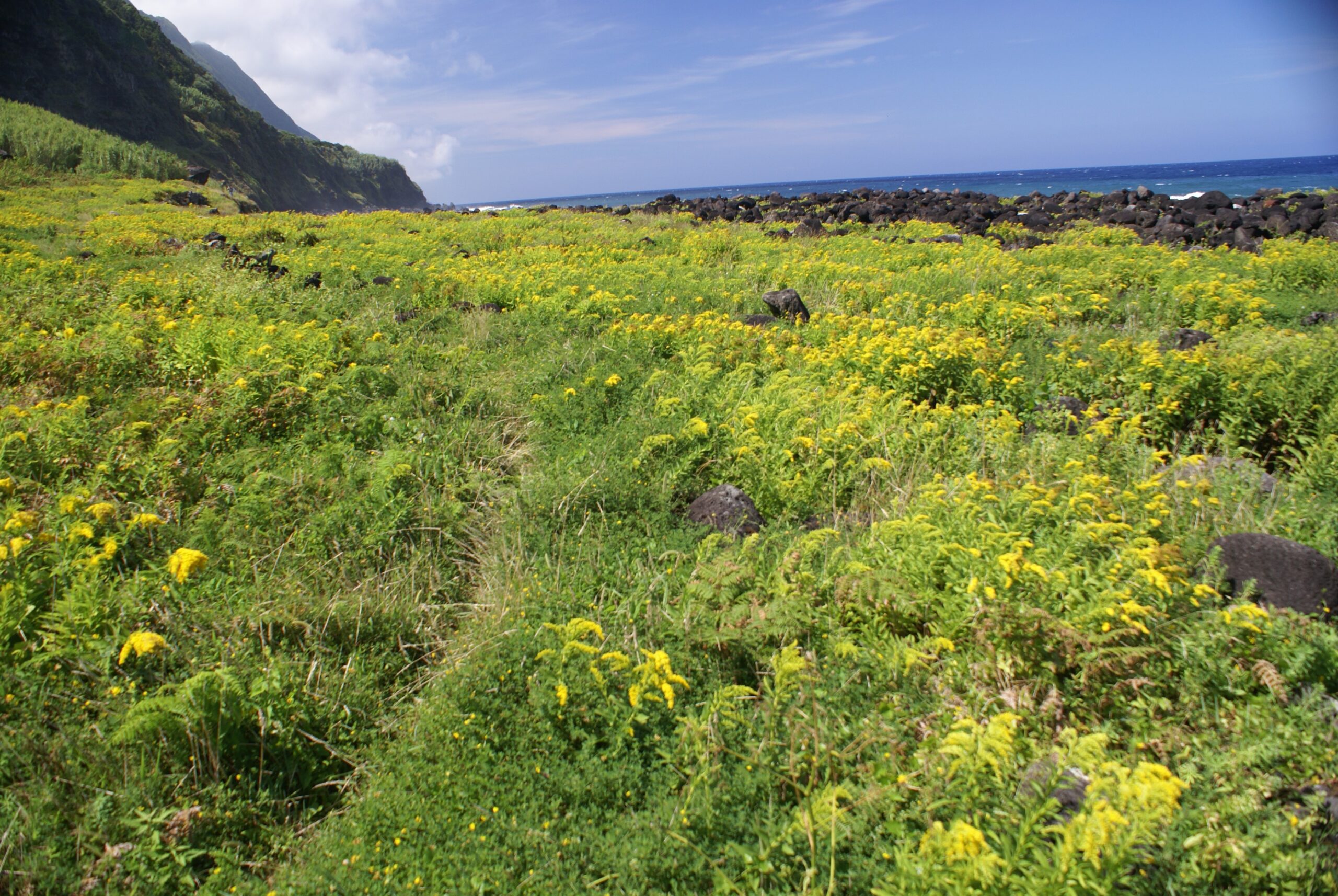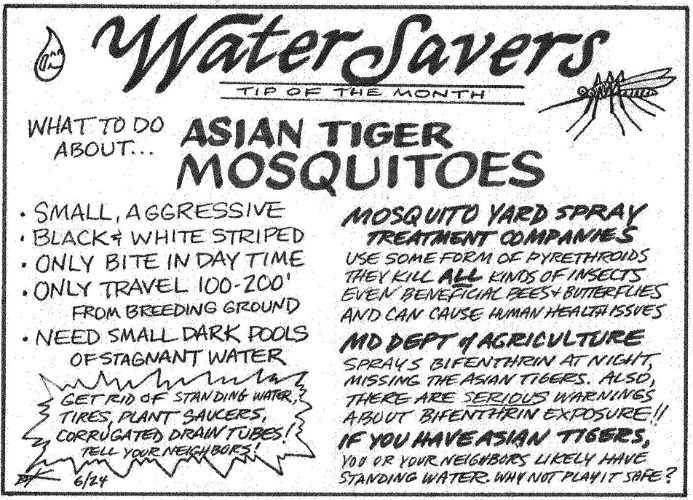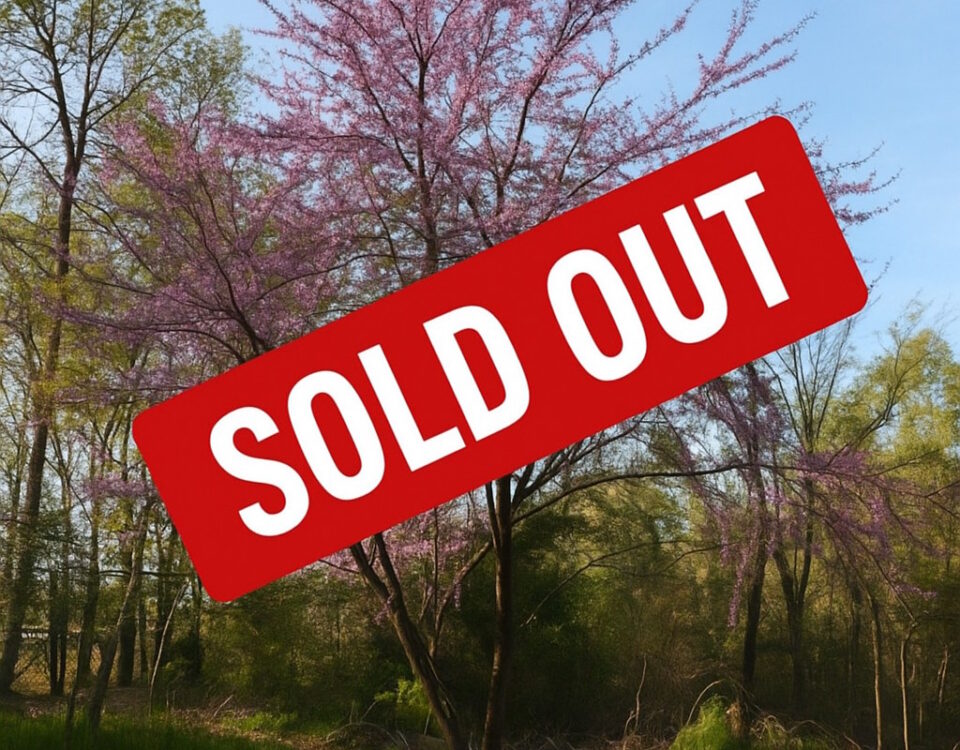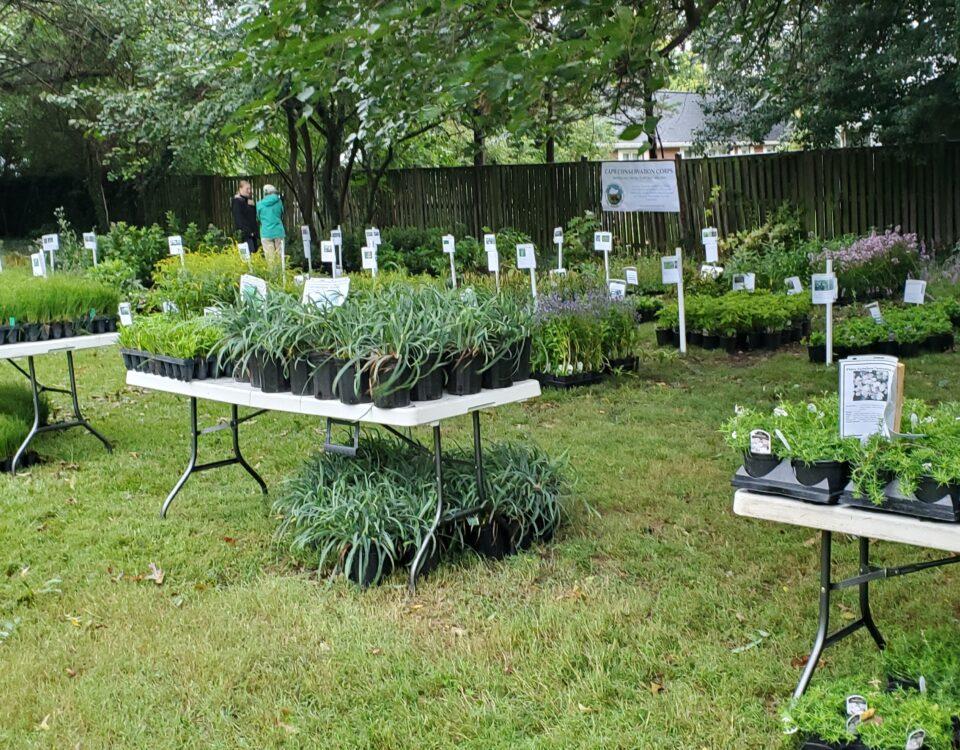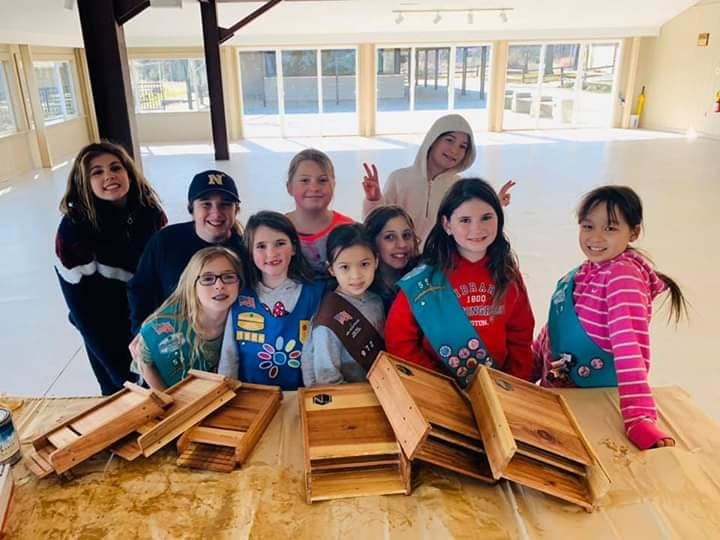
Cape Conservation Corps Donation of Bat Houses To Local CSC Girl Scout Troop
April 6, 2020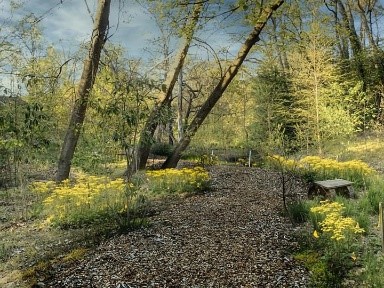
What’s Happening at the Serene Ravine
May 4, 2020By: Stacey Wildberger
The last couple months have been an interesting time in our lives, unprecedented actually. I hope everyone is staying safe, healthy and mentally healthy!! Since our schedules were cleared for us many have been able to spend lots of quality time in our gardens, getting our flower beds refreshed and cleaned up, preparing to plant veggies and just taking time to enjoy what nature has to offer in our backyard. Many Capers can be seen strolling the community with kids and dogs in tow just to take a break from being in the house. So many of us our spending extra time outside in our gardens and own backyards, possibly planning a new garden bed or thinking about what plants to add this year to make a more pollinator friendly landscape or healthy habitat for the local fauna. So, let’s take a look at a few top native plants to support biodiversity in our area. These are some plants that support the most number of Lepidoptera (butterfly and moth) species- the plants they need to lay their eggs on- the #1 Top Rated Host Plants!
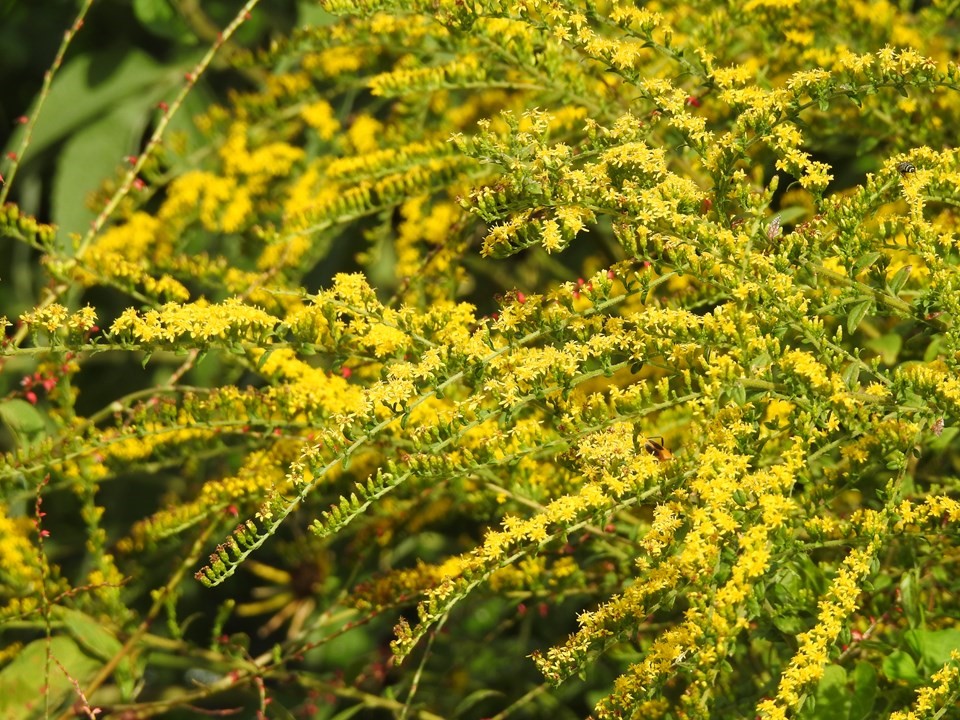
Let’s start with the top 2 perennials, both of which bloom in the fall so they not only are the best host plants you can add to your landscape but also will benefit the fall migrating butterflies, mainly the much loved Monarch butterfly.
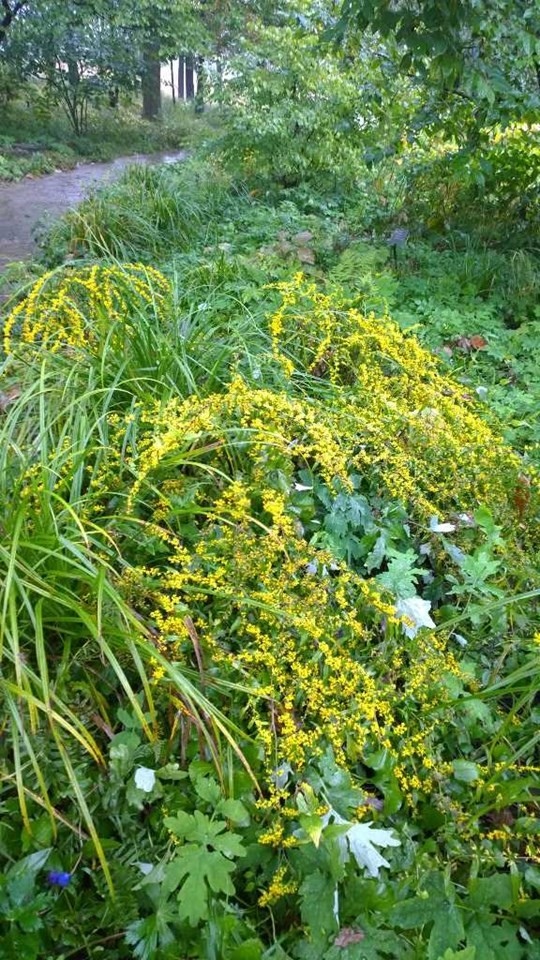
Solidago goldenrod are available in many species so there is sure to be one that fits your conditions. These pollinator magnets and top host plants support 115 species of Lepidoptera. Several caterpillars that feast on goldenrod include the brown-hooded owlet, the camouflaged looper, the common pug, the striped garden caterpillar, and the goldenrod gall moth. In addition to being a host plant, goldenrods attract a great many pollinators, including solitary wasps, soldier beetles, mining bees, the polyester bees as well as many other specialized native bees. Butterflies that will frequent your goldenrod include the Monarch, Hairstreaks, and Painted Ladies. I have also seen many birds feasting on their seed heads, including sparrows, chickadees, juncos, and downy woodpeckers. There are several species that will work well for our Cape gardens, find one that matches your conditions and you will provide food, shelter and happiness for so many species of butterflies, moths, birds and a large variety of other insects! Solidago rugosa wrinkleleaf or rough-stemmed goldenrod can handle moist to average soil in full sun, it will grow between 1-6’ depending on the conditions.
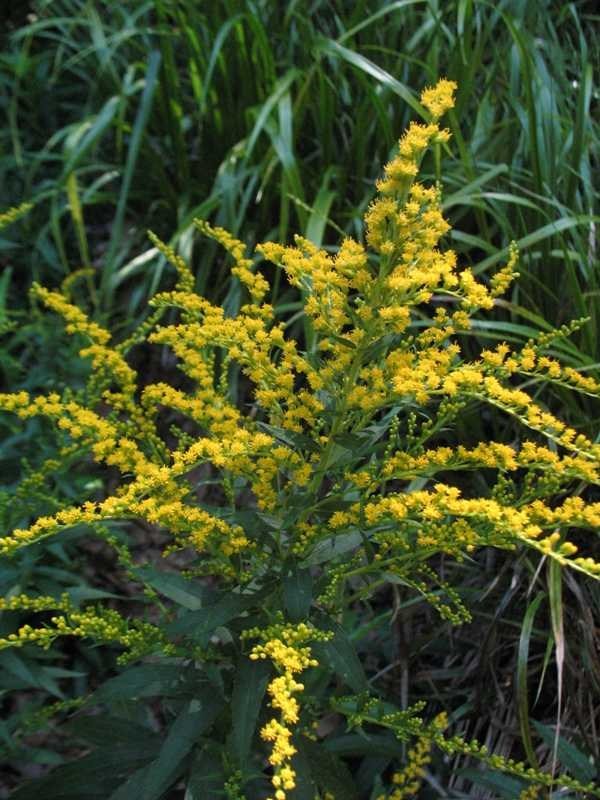
A common cultivar is “fireworks” that stays about 2-3’ so it works well in the garden. If you are like many in the Cape you often have shade, so look for a more shade tolerant species such as Solidago caesia wreath or blue stem goldenrod. This particular species is 1-3” and can handle full sun to part shade and dry to medium soil. Another option for full sun is Solidago canadensis Canadian goldenrod (an MD native despite the name). It ranges from 4-5’ and prefers medium soil and full sun. And finally if you are lucky enough to have a moist sunny spot you could use Solidago sempervirens seaside goldenrod (picture as header), 3-6’ in height this salt tolerant variety will be a great addition to your moist to average soil areas. One last note of interest Goldenrods DO NOT cause sneezing and hay fever. They are insect pollinated plants, not wind pollinated and are not the culprit to fall allergies (do not confuse it them with ragweed).
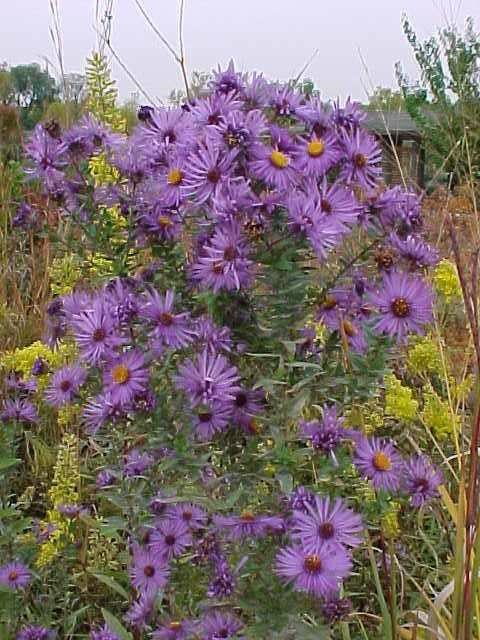
The next powerhouse group of perennials are another group of fall blooming plants, Asters. Their striking purple blooms make a beautiful combination with the aforementioned goldenrods. The purple of the Asters and the golden yellows of the goldenrods are a can’t miss autumn display that is sure to bring in the butterflies and pollinators. Asters are the host plant to 112 species of Lepidoptera including pearl crescents, northern crescents, tawny crescents, field crescents, silvery checkerspots, brown-hooded owlets, camouflaged loopers, common pugs, and striped garden caterpillars. Additionally, they are another strong source of nectar and pollen for migrating butterflies and fall foraging insects.
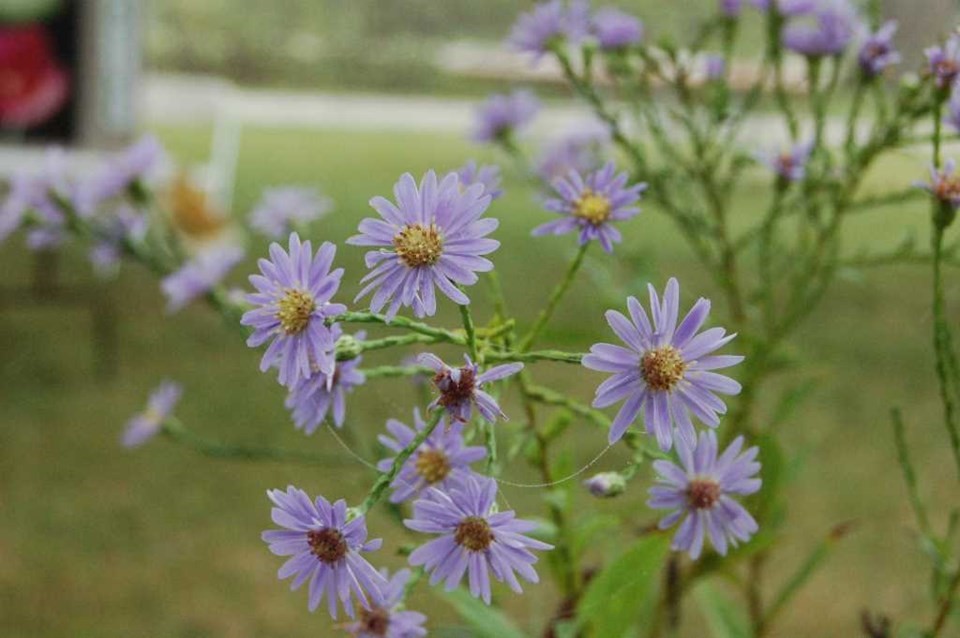
There are many varieties, so you should be able to find ones to suit your yard. Aster novae-angliae New England Aster is popular for full to part sun in dry to average areas with a height of 2’ it would complement your landscape well. The violet bloom last from September well into late October. Another full sun with dry to medium soil requirements is a smaller 1-2’ is the Symphyotrichum laeve smooth blue aster with blue-purple bloom and a yellow center it will sure to be a spectacular addition to the fall blooming garden. If you are looking for a shade tolerant aster look no further than Eurybia divaricata white wood aster. Another fall blooming plant this one tolerates part to full shade with dry to medium soil. It has small white bloom with yellow centers.
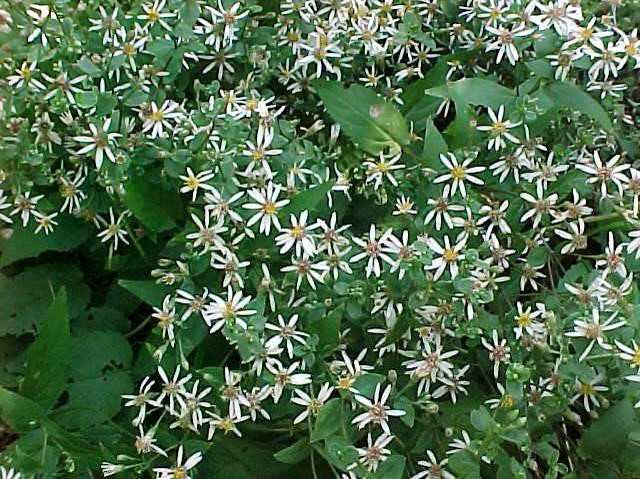
For a complete list of woody and perennial hosts plants click on the link https://enst.umd.edu/sites/enst.umd.edu/files/_docs/Table%201%20from%20Doug%20Tallamy%20Sheet1.pdf


